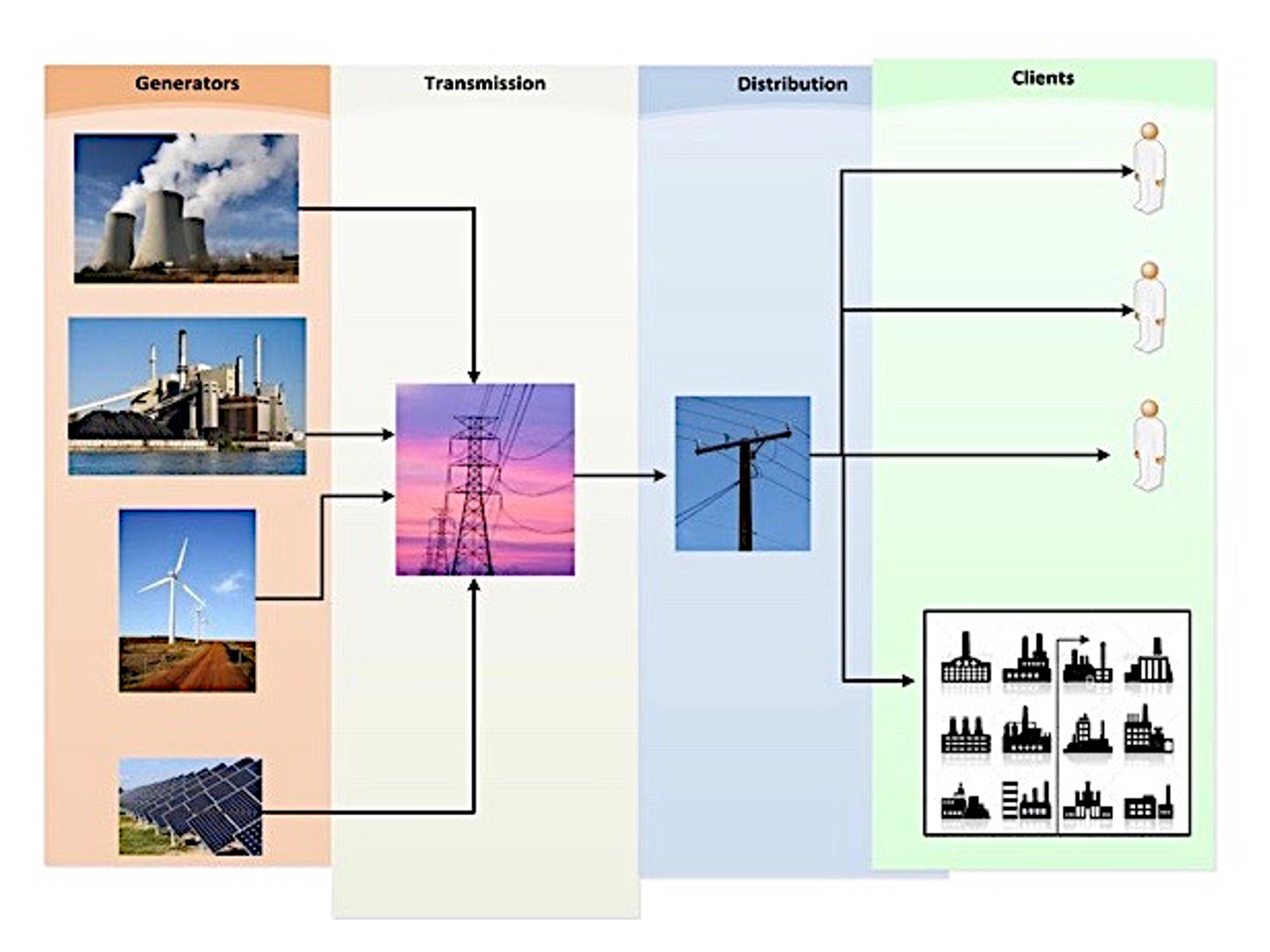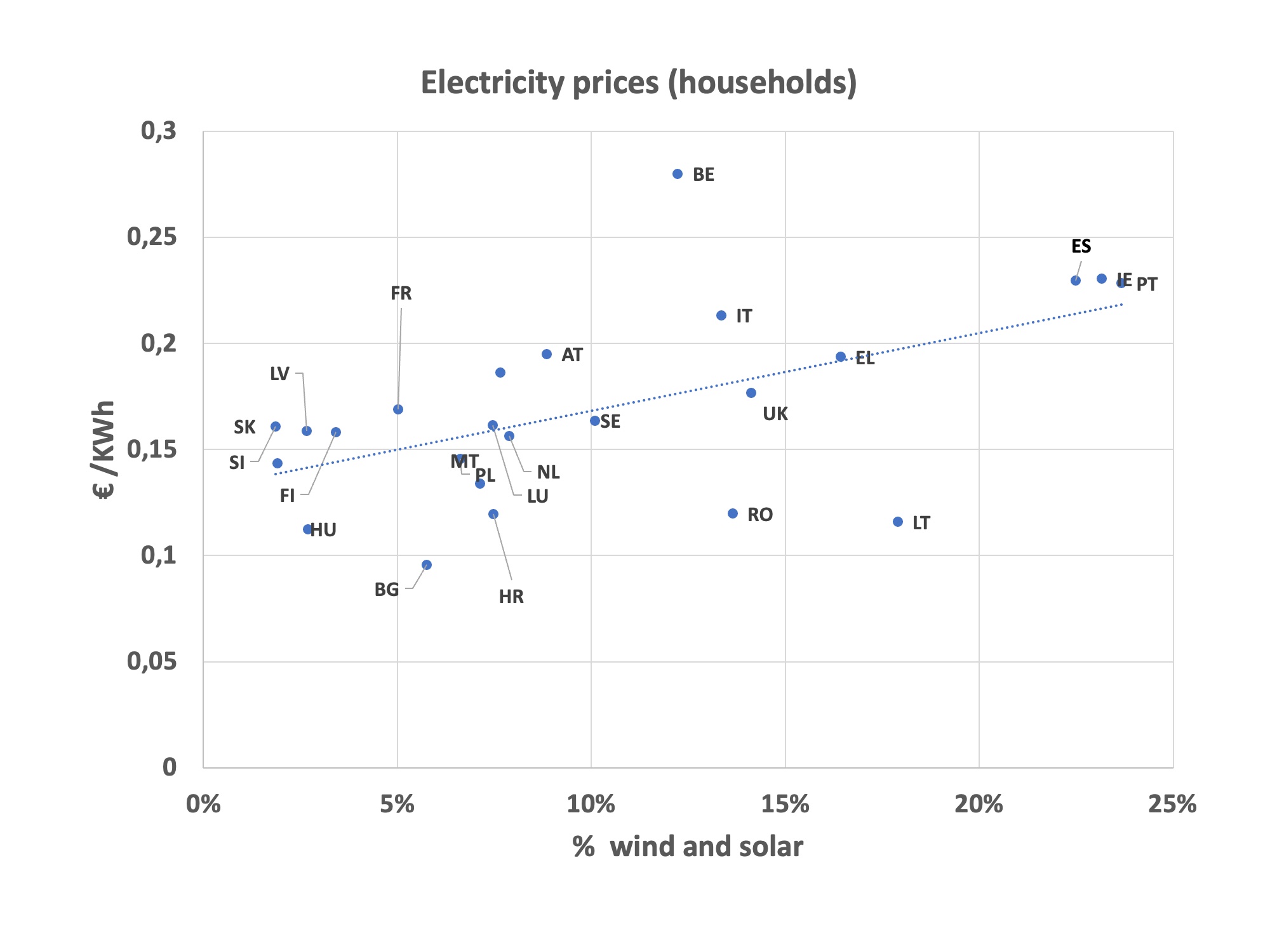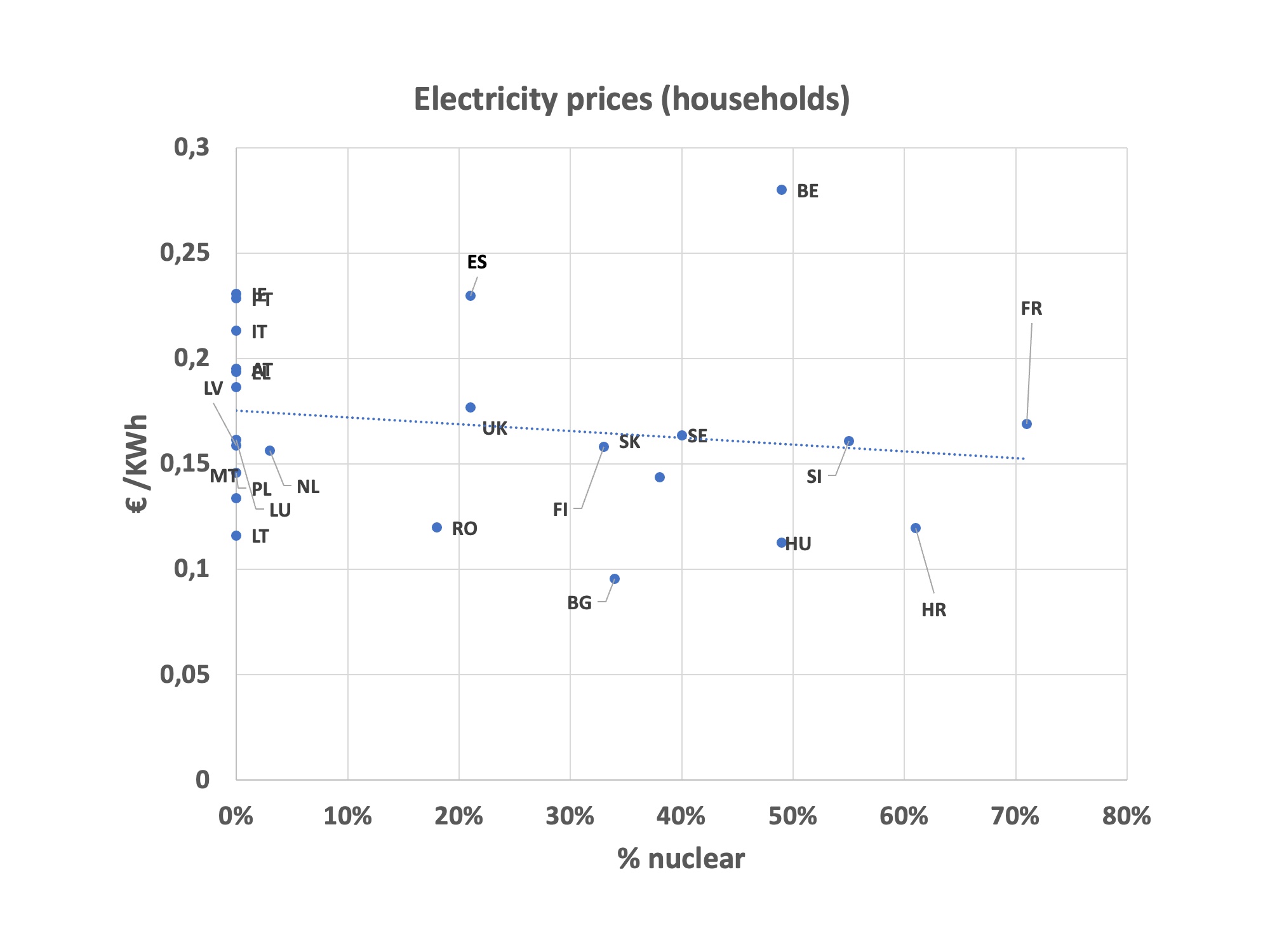by Samuel Furfari, Professor Emeritus, Université Libre de Bruxelles
Wind and solar propagandists like to quote figures to encourage public authorities to continue subsidising these intermittent and variable sources. If these energies produce cheap electricity, it’s worth giving them a helping hand to bring them fully into the competitive electricity generation business, isn’t it? Except that it’s nothing more than a deception, disguised in lengthy calculations which, because of their detail, lead the naive reader to believe that they are well founded.
Investors need to have a clear view of the viability of the project in which they are considering investing. The final investment decision (FID) will only be taken when the board of directors, or the decision-making body empowered to decide on investments, is convinced that the risk taken is worth taking because the number of years of the payback period of investment is compatible with the company’s strategy.
A simple concept ….
The use of the levelised cost of energy (LCOE) to evaluate a project is a first rough assessment in the analysis of renewable energy projects.
It is used by campaigners to try to persuade financial analysts that their wind or solar projects are more competitive than nuclear and sometimes even coal-fired power plants. The LCOE reflects the unit cost of the electricity produced, based on estimates of all the costs that will be incurred over the life of the plant.
The LCOE of a power plant can be thought of as the average total cost of building and operating the plant per unit of total electricity produced over an assumed lifetime. The formula for calculating the LCOE is :

… but inadequate
This notion of LCOE is intuitive and people like to use it because it seems to answer the question everyone asks: how much does electricity cost?
However, it should be treated with caution. It is mainly used to justify energy transition decisions in favour of variable and intermittent renewables.
Here are seven considerations to keep in mind in considering the simplistic and misleading concept of the LCOE.
1. Just as you can’t compare apples and oranges, you can’t compare the cost of a kilometre travelled by car at the cost of a kilometre travelled by air. It makes no technical sense. The same goes for comparing the cost of a wind turbine, even a 6 MW wind turbine or even a 100 MW wind farm, with the cost of a 350 MW combined cycle power plant or a 1000 MW or even a 1600 MW nuclear power plant like the EPR.
2. You can’t compare the production costs of a machine with a load factor of 11% or 23% with one with a load factor of 85 or even 95%. The annual load factor is the percentage comparison of the electricity produced during the year with the theoretical amount that would have been produced if the plant had been operating continuously throughout the year at its rated load (as stated by the manufacturer). In fact, using Eurostat data, I have calculated[i] that on a five-year average, all wind turbines (offshore and onshore) in the EU produce 23% of their nameplate capacity, simply because the wind is not blowing continuously and regularly. Moreover, it is becoming increasingly impossible to hide a hard fact known to energy specialists: these machines are fragile and require maintenance and repair more often than initially thought. This is why Siemens Energy recently announced that problems with its wind turbines would cost it 2.2 billion euros [1]. According to Reuters [2], this casts doubt on whether the struggling business can be sustained. For solar, the load factor is even lower because of the night-time and cloudy conditions, and because light intensity varies greatly throughout the day. Accordingly, the load factor for solar photovoltaics in the EU is only 11%. Trying to compare such low availability with the high availability of conventional power plants is an insult to reason. Wind and solar can only exist – until storage become a reality in the distant future – because there are conventional power plants with high load factors.
3. More problematic still, LCOE costs stop at the generator terminals and ignore the costs of the electricity system: production is sent into a network made up of transmission lines, then transformers and distribution lines (Figure 1). Variable and intermittent renewables have a major impact on the operation of the grid. The electricity system only exists if generation is instantaneously connected to consumption and there is a continuous and instantaneous balance between production and consumption. Consequently, fluctuations in the electricity produced by wind turbines or solar panels must ultimately be managed by conventional electricity. From a technical point of view, it is perfectly possible to integrate the intermittent and variable electricity generation and to control the disturbances they cause, but this is done at a cost in order to guarantee the security of a continuous supply from conventional power plants, which operate sub-optimally because they only operate randomly. For this reason, the European Commission has even developed the concept of a capacity market mechanism not to finance the production of electricity, but the existence and availability of production capacity. Under this mechanism, power plants are no longer paid for the electricity they produce, but for the possibility of producing it at any time.

4. The calculation must take into account the major differences between developed economies and fast-growing economies. This affects the interest rate and the profitability of the projects. Using an average LCOE for different locations can be misleading.
5. Regulations change over time and therefore have a different impact on different technologies. Similarly, geopolitical conditions can ruin an LCOE calculation. Consider the gas price spike in 2022, which rendered any LCOE comparison null and void.
6. These LCOE costs do not take into account the various subsidies currently available for virtually all energy sources.
7. Environmental and recycling costs are simply impossible to calculate and compare. Internalisation of external costs is an intellectual dream even more elusive than LCOE (I wrote about this in my book The Changing World of Energy and the Geopolitical Challenges). I used to say that ‘when we count, we count badly, because we don’t count everything, and sometimes what counts most is not counted’. This is true of environmental impact and LCOE.
As a result, the LCOE is far removed from the reality of the final bill for the consumer whether industrial or domestic.
Therefore, this methodology should only be used to compare very similar technologies in a similar context and not, as is too often the case, to compare the dissimilar.
Below is a graph showing the final price to the domestic sector according to the share of wind + solar (Figure 2) and the similar graph for nuclear (Figure 3). (Figure 2 has been published already by Science, climat et énergie [3]).


If LCOE for wind and solar is so low…
In the aftermath of the oil crisis, all OECD countries tried to develop ‘alternative energies’. The EU, through the European Commission, has been one of the most committed promoters of this quest, with generous budgetary support from the European Parliament. I was personally involved in this battle during the 36 years I spent in the European Commission’s Directorate-General for Energy. In 2000 wind and solar technology was mature, thanks to technological progress made over the last twenty years. However, there was no market penetration for these technologies because the price was too high compared with conventional production (hydro, coal, gas and nuclear). The European Commission decided to introduce a mandate for the production of wind and solar energy by electricity companies. The first directive was 2001/77. This was followed by the stricter 2009 directive (which I wrote), which was renewed in 2018 and is awaiting a further overhaul in 2023. If the calculations give such a cheap LCOE for wind and solar power, why on earth is it necessary to mandate their production?
Notes
[1] A few years ago, some research assistants from the electromechanics department came to help me supervise my students’ written exams. I asked one of them what the subject of his research was and he explained that it was the study of the poor reliability of wind turbines. You only have to look at a wind farm to see that one or other of them often doesn’t turn because it’s broken down.
[2] https://www.reuters.com/business/energy/siemens-energy-books-24-bln-charges-wind-turbine-issues-2023-08-07/
[3] L’électricité intermittente. Une réalité et un prix. https://www.science-climat-energie.be/2018/08/21/lelectricite-intermittente-une-realite-et-un-prix/
References
Furfari, S., Clerici, A. Green hydrogen: the crucial performance of electrolysers fed by variable and intermittent renewable electricity. Eur. Phys. J. Plus 136, 509 (2021). https://doi.org/10.1140/epjp/s13360-021-01445-5
Merci Pr. Furfari pour la pertinence de vos observations.
Habitué que vous fûtes (et restez) face à l’absence de rationalisme de nos politiciens UE (et ceux de presque partout…), vous nous deviez de mettre ce cas en exergue !
L’été dernier, je rédigeai l’article suivant (SCE 22/07/2022):
= = Santé, Climat, CO2 : « QUOI QU’IL NOUS EN COÛTERA ? » = =
https://www.science-climat-energie.be/sante-climat-co2-quoi-quil-nous-en-coutera/
Était-ce un trop long rédigé ?
Pas assez ‘scientifique’ car proche de la « philosophie politique » ?
Pas assez empli de formules physico-chimiques ?
Pas assez conformiste, face à la doxa climatique ?
En réalité, gênant pour tous les idéologues climato-orthodoxes ‘à la Al Gore’ !
In addition, Mr Obama & Co, « Your Science is far from being settled ! »
Même si ça ne plaît pas aux propagandistes des WEF – des ONU/GIEC – ni aux organes OMS et OMM qui en sont dépendants (pour leurs financements et nominations) – pas plus aux lobbyists & politiciens à tous les niveaux de gouvernance qui »règnent mensongèrement sur notre OCCIDENT »… et à ces quelques méga-financiers qui ..dans l’arrière-plan.. en gonflent des taux $$$$$$ via leurs Bourses du CO2 ! AH ?
CLINTEL l’a clairement dénoncé à diverses reprises (eux, 1600 scientifiques rigoureux). Aussi, de par le monde, bien d’autres chercheurs l’ont aussi clamé… sans visiblement être écoutés, mais plutôt forcés de vivre « étouffés par la DOXA CLIMATIQUE ambiante ».
En cet été où la propagande médiatique des TV/gazettes matraque les foules ignorantes avec leur dernier ‘statement’ : [[ 16,9°C de température moyenne mondiale, historiquement jamais atteinte depuis 100.000 ans ]], les vrais scientifiques devraient en bouillir de rage !
Car ce dernier slogan vise t-il à effrayer davantage les populations avant l’automne et ses T° assez erratiques ou en décroissance saisonnière ? Sinon aide t-il à forcer des orientations budgétaires politicienne et peu réversibles… avant les prochaines élections aux USA et dans celles d’UE (accomplissant son Green Deal) ???
De nombreuses voix s’expriment et contestent.
C’est tant mieux pour notre liberté de penser et de pouvoir s’exprimer !
Ainsi m’arrive t-il de tomber sur un entretien YOUTUBE où deux gars assez érudits s’expriment sur le sujet :
= = Politique de DÉCARBONATION : La grande arnaque écologique ? = =
Y dialoguent Philippe Béchade (un économiste et financier Agora) et Idriss Aberkane (un jeune »poly » scientifique …contesté par les orthodoxes de la doxa).
Pas mal de choses impertinente s’y disent (ou s’y répètent) pour l’édification de ceux qui daignent les écouter…
https://www.youtube.com/watch?v=1eYKCL8Hrf0 ( 63.000 VUES au 01 septembre !)
Bonne écoute !
durée 1h25′ (mais où le cadre est bien posé en 35 minutes) !
…………………………………………………………………………………